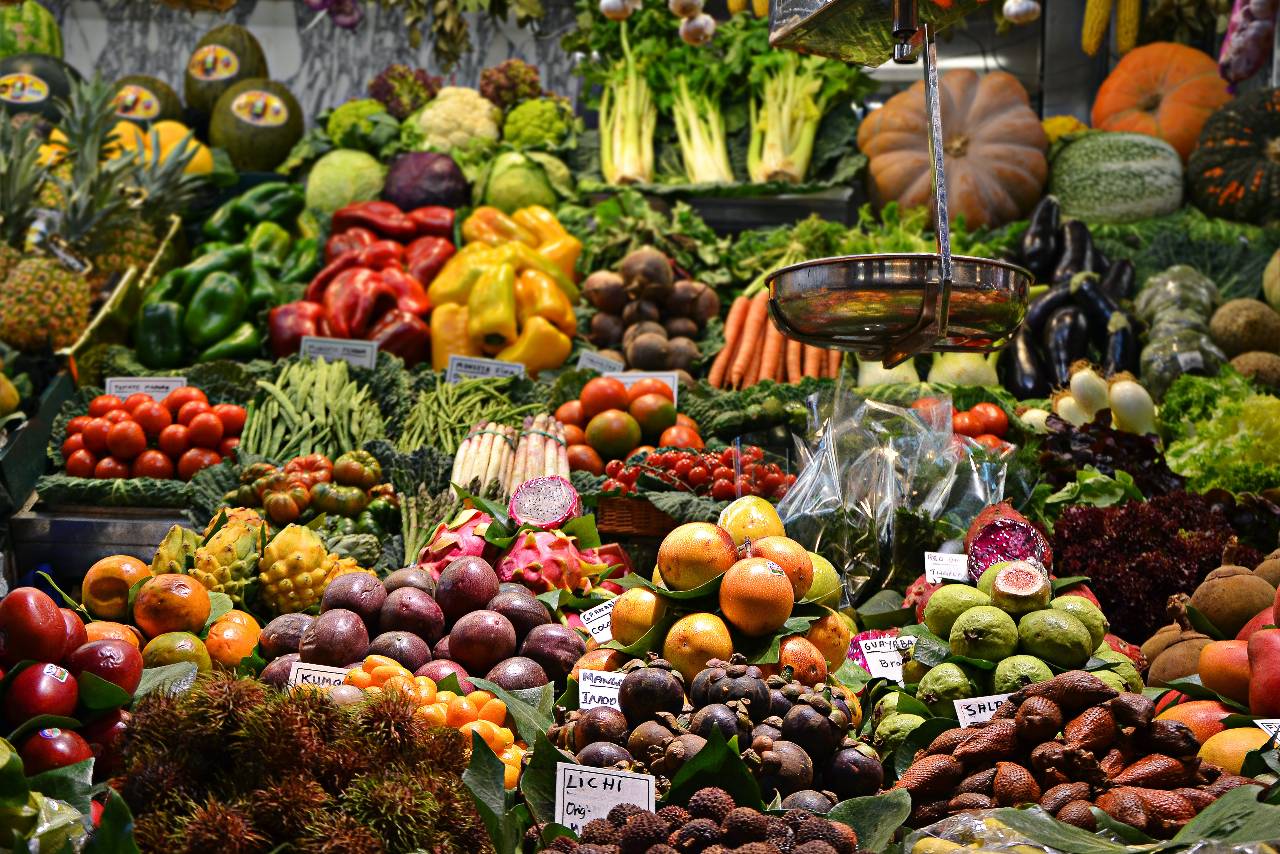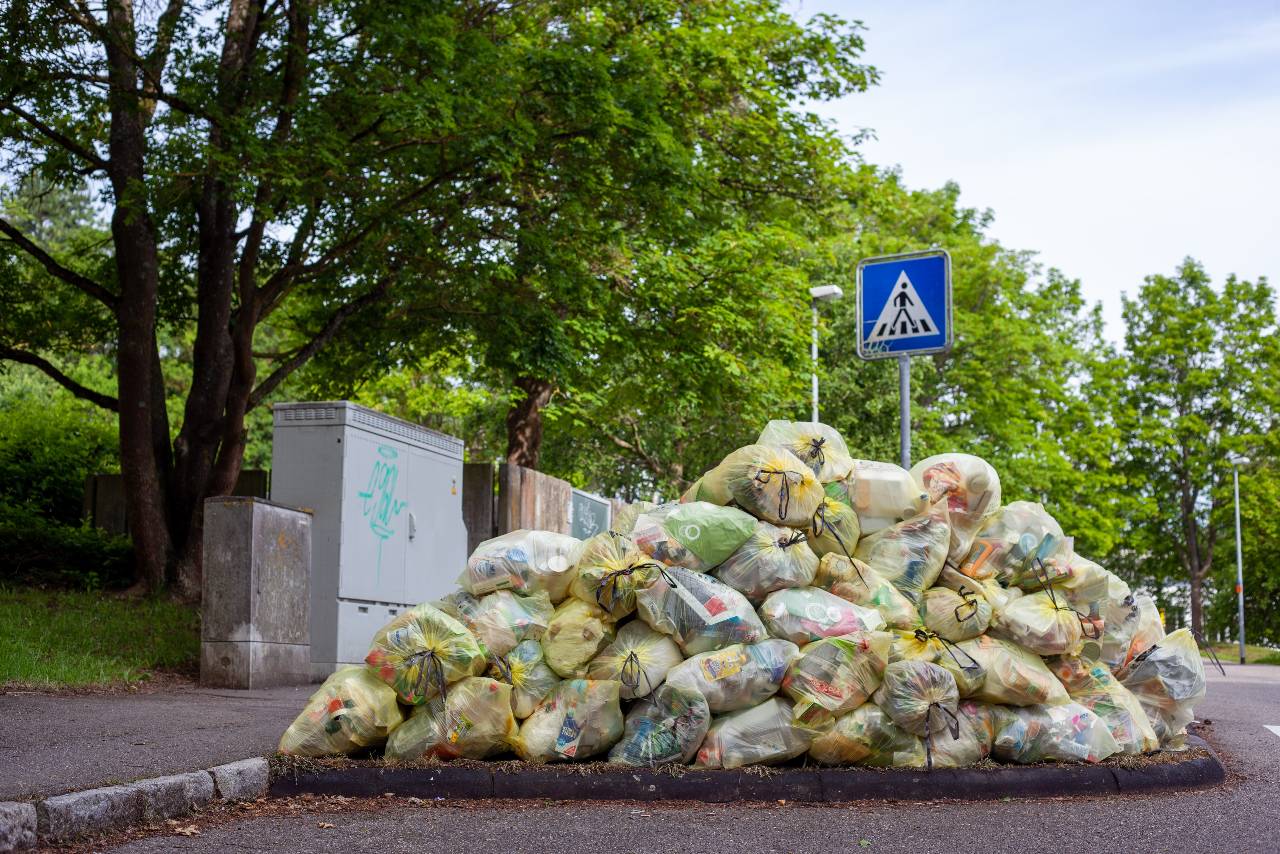How to Reduce Food Waste in Your Restaurant
Implementing a plan to manage food waste will help the restaurant industry boost its profitability, save money, and streamline operations. Here are the best methods to reduce food waste.

The amount of food waste in America is a crisis. As 42 million people are struggling to secure food for their homes, the restaurant industry is losing 162 billion a year in food waste costs.
How can a country have so many impoverished people and still have billions of dollars in wasted food? This disparity demonstrates that solutions are desperately needed.
Employing an effective strategy to reduce waste will increase profitability, streamline workflows, and save money. Read ahead to learn how food is going bad, how waste causes financial harm and what the best practices are to use food strategically.

The Financial Problem with Food Waste
Food waste causes immense financial disruption to the restaurant industry and society at large. In 2010, the Department of Agriculture found that retail and consumer food loss constituted 31% of the food supply. This is equivalent to 133 billion pounds of food at approximately 162 billion dollars.
A single restaurant will throw away approximately 25-75,000 pounds of food per year. A grocery store can also throw away unused items after a given time period. If only one diner or grocery store wastes this amount of food, consider the waste in all of the restaurants across the United States.
Because of growing concerns of climate change, greenhouse gas, reducing waste, and the quality of food produced, many people care deeply about the way diners approach food loss. Unfortunately, many restaurants have not been able to manage the problem as 218 billion every year is misspent on growing, processing, and delivering uneaten food.
Experts estimate that roughly 85% of unused food is tossed out and only a small percentage of it is donated to a food bank. If a diners realized the cost savings available when they waste less, they may squirm a bit more at this statistic. Studies demonstrate that restaurants can save 8 dollars for every dollar invested in food waste reduction.
To run a profitable restaurant, owners should make sure to keep food costs between 28-35% of revenue. The more they waste food, the harder it is to grow and remain profitable. Restaurants who take action to reduce food waste will reduce the number of food-insecure Americans, increase profitability, and generate growth opportunities.

Reducing Food Waste
Because food waste causes so much social and financial damage, restaurants need to employ strategies to resolve the problem. Here is how to get creative to help reduce waste -
1. Conduct an Audit
A waste audit will help to know exactly how much food is tossed as a result of current policies and what cost savings opportunities exist. To conduct an audit, the restaurant will have to sort out trash and food scraps into categories before it's picked up. These categories include-
- Paper towels, napkins, flyers, and other paper goods
- Takeout containers, cups, and products
- Fresh produce such as fruits, veggies
- Meat such as poultry, fish, steak
- Plastics
- Miscellaneous items such as broken plates or bottles
For example, if there is an excessive amount of cilantro that gets tossed, consider minimizing the garish on breakfast plate items. Regardless of the insights derived from the audit, there are many potential strategies to minimize waste and conduct better meal planning without hurting the restaurant's brand.
2. Keep Track of Food in a Waste Journal
Continue documenting and tracking excessive waste incidents in a journal. Allow staff to record their findings as they wait for the trash collectors to run their pick up.
Encourage employees to write down any noteworthy information such as a high number of broken bottles or unused rotten vegetables that are thrown away. This will allow the diner to track its waste reduction strategies over time to assess whether any implemented changes have worked.
3. Train Workers to Reduce Waste
Educate staff on the importance of food waste reduction and show them specific tactics to help meet waste objectives.
For example, show prep cooks a cutting technique to yield the most amount of product from fruits, vegetables, or meat products. The more food that the restaurant uses, the less food goes bad, saving more money on food waste costs.
4. Cut Back on Prepping
If the waste journal demonstrates that too much salad dressing is thrown out every few days, it's clear that the kitchen is over prepping. Over prepping is a waste of resources and money.
While it's less stressful to have too much rather than too little, over prepping can result in food waste. Estimate how much to prep by creating accurate forecasts that are based on historical data. This may vary from day to day, as Saturday breakfast is usually busier than Wednesday's.
Accurate prepping will save money on food costs and cut back on unnecessary work so employees can focus on other areas of their jobs.
5. Use the First In, First Out Method to Store Food
Check the expiration dates and also use the first-in, first-out method to reduce spoilage, streamline food storage, and cut back on food waste costs. Inventory should be organized and rotated so the first items in the fridge/freezer will be used first, and the last ones in will be the last ones used.
Moving the older stock to the front and putting the newer stock in the back will prevent restaurants from wasting good products and throwing out foods before their shelf life is over.
6. Calculate and Manage On-Hand Inventory
Calculate the average number of days inventory is held before it's sold, or the DOH. For example, if the diner orders 200 lbs. of meat and uses 40 lbs. of meat per day, the steak is on-hand for 5 days.
200 lbs. of steak / 40 lbs. of steak per day = 5 days on-hand
Items with a higher on-hand ratio are not selling as quickly, insinuating they aren't as popular with consumers. Consider cutting backorders of these items.
Items with a lower on-hand ratio are selling more quickly and are more essential are in higher demand. Restaurants can try to leverage this by reaching out to the suppliers of these products and negotiating a better deal.
Over time, this strategy will help to save money, better accommodate consumers' needs, and reduce food loss costs.
7.Utilize Technology
An optimized software solution gives a more accurate view of inventory data and food waste incidents so restaurants can make better business decisions.
Utilizing a management platform will demonstrate the restaurant's performance so the owner can take steps to reduce excessively large portions or stop over-buying.
An investment in an intuitive software solution will help minimize human error in inventory counts, allowing the restaurant to accumulate more reliable data.

Key Takeaways
Here are the key takeaways to remember about tips reducing food waste -
- As poverty is a growing problem in America, food waste continues to be an epidemic that affects society and the restaurant industry at large.
- Approximately 218 billion is misspent on the growing, food safety, and processing of food items that are never eaten or go bad.
- Food waste cuts into the restaurant's growth potential and profitability.
- Creating a food waste reduction strategy is a great way to reduce waste, boost profitability and maximize growth opportunities. Strategies include utilizing an audit, a food journal, accurate employee training, prep reduction, the FICO method, better on-hand inventory management, and an optimized software system.